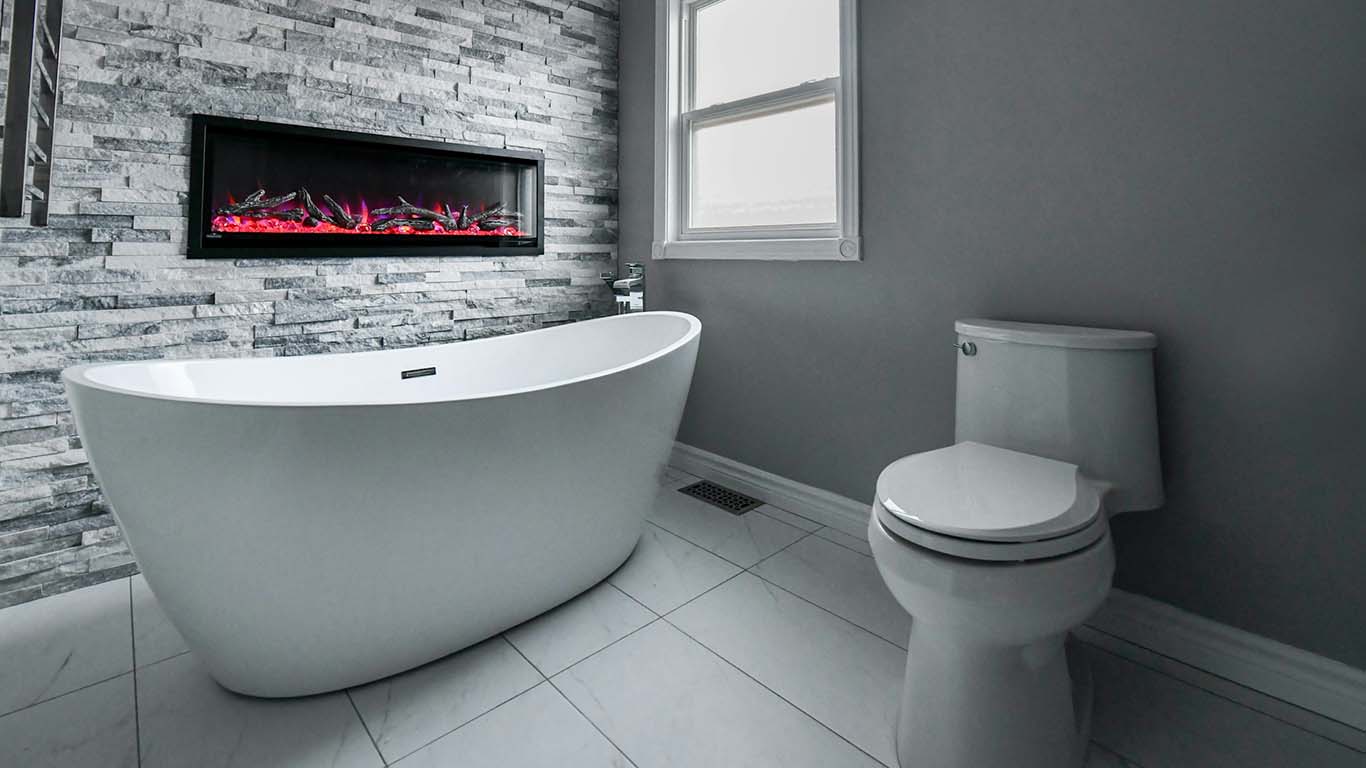Few components are as important as the roof when saving money on utilities and increasing a building’s longevity. Property owners may improve energy savings and reduce environmental impact by selecting the best roofing materials.
This article will examine the many roofing options that provide the most significant potential for reduced energy use. Let’s proceed before you look for a building repair near me.
Insulation is Key
Insulation is a must-have for every roofing system when it comes to increasing energy efficiency. Insulation helps in the winter by preventing heat loss and keeping the house cool in the summer. This will decrease utility costs and fewer greenhouse gas emissions since less energy will be required to maintain a pleasant temperature.
Fiberglass, cellulose, and spray foam are some current insulation options. Insulation made of fiberglass is the industry standard since it is both practical and inexpensive. In addition to being an effective thermal insulator, it is also relatively simple to set up.
The most eco-friendly choice is cellulose insulation, manufactured from recycled paper. Better soundproofing and airtightness are two additional benefits. While spray foam insulation is more costly, it is a superior alternative for insulating your home and sealing leaks in your roof.
It is essential to think about the R-value, which measures the insulation’s efficacy, and the position of the insulation while selecting roofing insulation. Proper insulation installation is necessary for minimizing energy loss and maximizing its efficacy. A well-insulated house saves money on utility bills and makes life more pleasant for its inhabitants.
Asphalt Shingles

In North America, asphalt shingles have surpassed all others in popularity because of their low cost and widespread availability. They’re covered with asphalt and either constructed of fiberglass or organic stuff.
Due to their inefficient heat transfer properties, however, they are not the most energy-saving choice. This implies that your cooling expenditures may be more than necessary during summer if your house is too warm.
Choose lighter colors of shingles if you live in a hotter environment. Shingles with lighter colors are more reflective, so they help keep your house cooler in the summer. Cool shingles are another option since they are made to reflect more sunshine and absorb less heat.
Asphalt shingles may be found in various colors and designs, and their installation is straightforward. They’re long-lasting, too, with a possible 25-year lifespan with care. However, as they are not recyclable and might add to landfill garbage, they are not the most eco-friendly choice.
Metal Roofing

Metal is one of the most energy-efficient roofing materials, and its use in residential construction is rising. Metal roofing, whether aluminum, steel, or copper, may be painted or left in its natural hue. They may deflect as much as 70 percent of the sun’s heat, making your house much more comfortable on hot summer days.
Similarly, metal roofing is strong, long-lasting, and requires little upkeep. They’re a good investment since they may live for 50 years or more with regular care. Since metal roofs weigh far less than other roofing materials, they may be installed on any top, even those with extreme slopes.
Metal roofing’s ability to save energy is a significant selling point. Saving money on air conditioning in the summer and heating in the winter is possible thanks to metal roofs with the help of the building repair near me. They are resistant to fire, insects, and elements, making them a reliable and secure building material.
Roofs made of clay or concrete tiles are also standard in warmer areas. The insulating properties of these tiles are especially useful in hot climates. They are durable and fire-resistant, making them an excellent long-term investment.
Conclusion
If you want your house to be as energy efficient as possible, it all starts with the roof. The temperature in your location, the durability and maintenance needs of the material, your budget, and your choice of insulation are all important factors to consider.
Although asphalt shingles are cheap, they are not the most energy-efficient roofing material. Metal roofing is long-lasting and saves energy, while clay or concrete tiles are more comfortable in hotter climes.
Solar panels and green roofs work together to provide a win-win for the environment and society. Choosing the appropriate roofing material may help you save money on energy costs, lessen your environmental impact, and reduce your carbon footprint.








Leave a Reply